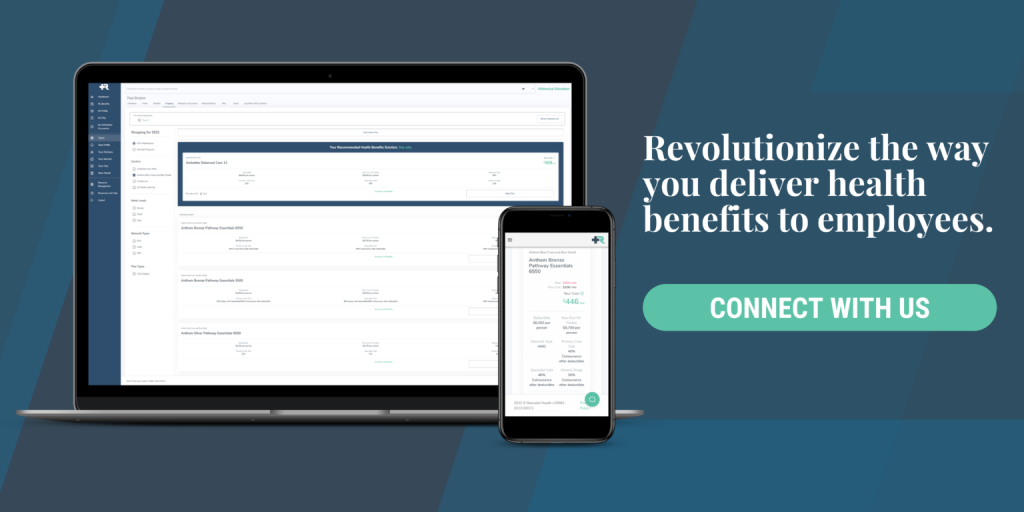Toward the end of 2019, there was strong bipartisan momentum toward protecting individuals from surprise medical bills. In December of 2020, Congressional committee leaders released a statement, sharing that they had reached a bipartisan consensus. The agreement would be included in the second Covid-19 relief bill, which many Americans may remember as “the one with the $600 stimulus”. On Sunday evening of December 27, 2020, President Trump signed the bill into law, which included the No Surprises Act.
What is a Surprise Medical Bill?
A surprise medical bill—also known as a “balanced bill”—most often occurs when an individual receives medical care at an in-network facility, but then unknowingly is seen by an out-of-network doctor. The difference between the expected in-network costs versus the actual out-of-network costs results in a surprise bill. This has a much higher-than-expected liability to the individual.
Why are Surprise Medical Bills a problem?
Medical debt is the #1 cause of bankruptcy in the United States. And shockingly, this isn’t for a lack of being insured. In fact, most medical debt bankruptcies are filed by individuals who actually did have insurance. Certainly, the ever-rising deductibles do not help lower the amount of medical debt bankruptcies, either. But remember that Surprise Medical Bills aren’t about deductibles—they are about expecting to have been using in-network care at an in-network facility, only to realize later that an out-of-network doctor had treated them. These “balance bills” have been attributed as one of the leading causes of medical debt bankruptcies.
What are the key benefits to the No Surprises Act of 2020?
1. Held Harmless
Under the No Surprises Act, patients are now “held harmless” for Surprise Medical Bills. This means they are not liable for out-of-network costs in situations “where patients do not have the ability to choose an in-network provider.” For example, an air ambulance provider that is out-of-network would not be charged to the individual beyond their in-network requirements.
Additionally, there is no benchmark on those expected costs to the provider from the insurance company. Meaning, they are not determining the payment to the provider based on a set percentage of costs, such as 125% of Medicare pricing or something similar—as has been discussed in past legislative conversations.
2. Kept Out of the Middle
In the case of Surprise Medical Bills, discrepancies between the provider charges and the insurance coverage would arise. Then, the individual was being placed in between those two parties.
To solve this, legislators created a framework that takes the individuals out of the middle. A new process called an Independent Dispute Resolution (IDR) gives providers and insurers the means to satisfy the disagreement without the inclusion of the individual. Plus, ”there is no minimum payment threshold” for the process to begin. Most importantly, individuals are kept out of the middle between parties and are only held accountable to their in-network liability.
3. Transition of Care
Changes happen all of the time between networks and providers (i.e. rotating hospitals and doctors). Every year, these changes happen largely without any formal warning to the individual. There are now better protections for individuals by requiring the insurance company to more fully and properly disclose when there is a modification to coverages for active provider relationships. The individual may also appeal in-network cost continuation for acute care requirements.
4. Transparency
“True and honest cost estimate[s]” is one of the most powerful elements of the No Surprises Act, inasmuch as it requires the provider to fully describe to the individual their planned treatments, expected costs of the medical services, as well as the current status of them and the individual’s insurance network. The transparency required will allow Americans to become better consumers of their healthcare and promote better competition between providers to generate higher levels of value and quality.
Want to evaluate all your options (especially some of the newest ones)?
As an admin, even though you may have searched through a whole book of options to choose for your team, believe it or not, those were basically all the same (traditional group) plans. As an employee, you generally just have a copay or an HSA plan offered to you, right?
Your current health benefit may be “working” just fine. But wouldn’t it be better to see everything available — from the team all the way down to the individual. What if there are better options right under your nose? A full spectrum health benefits analysis is your best opportunity to learn about all of the incredible new solutions developed over the last several years and compare them against more traditional options.
Our team of licensed health benefits consultants can provide employers with the tools needed to discover the best options, along with a full side-by-side breakdown, so you can make a more informed decision about how you care for your team. Connect with us at [email protected] to schedule your risk-free consultation.

Important Notice: Remodel Health does not intend to provide specific insurance, legal, or tax advice. Remodel Health always recommends to consult with your own professional representation to properly evaluate the information presented and its appropriate application to your particular situation.
